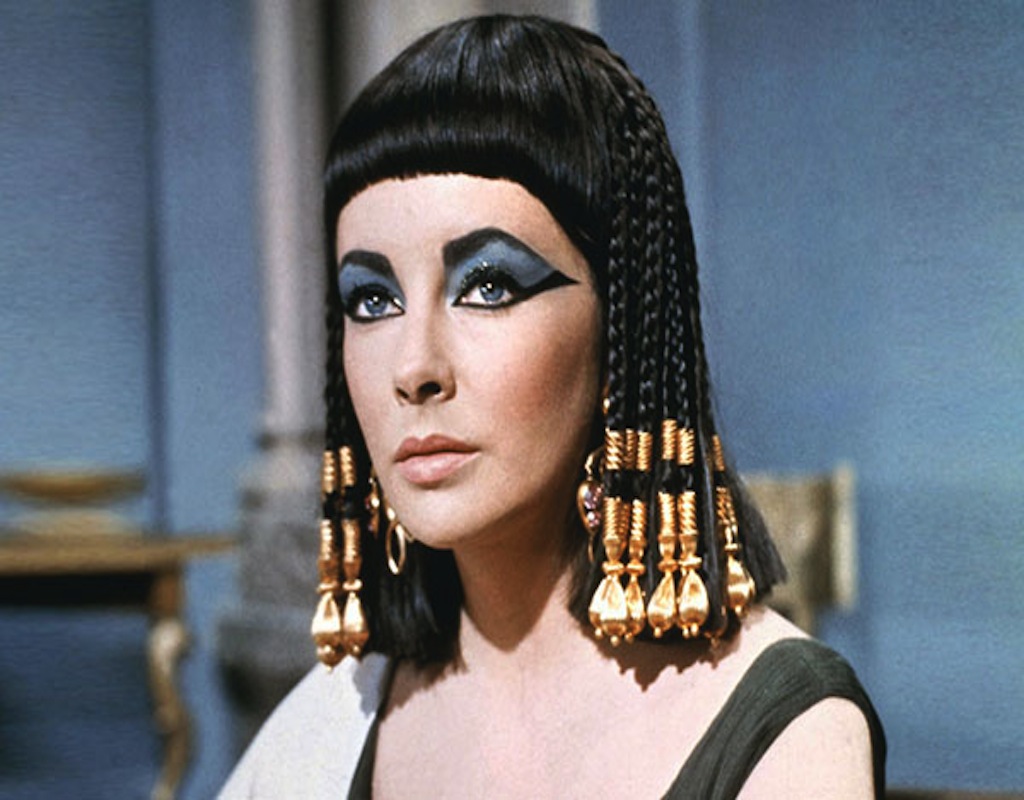
Paris, Milan, London and America are widely known to be the home and main influencers of modern day fashion. Yet there is another place that also passed on the world’s conception of beauty and fashion across thousands of generations and centuries, and that is ancient Egypt.
Wherever one encounters an ancient settlement site worldwide, there is bound to be remains of jewellery and clothing.
The iconic limestone bust of Nefertiti, showing her clean, smooth and structured facial features, and the imagined portraits of Cleopatra with her dark ‘kohl’ eyeliner and exquisite jewelled collar still symbolises today the main and most iconic expressions of beauty around the world.
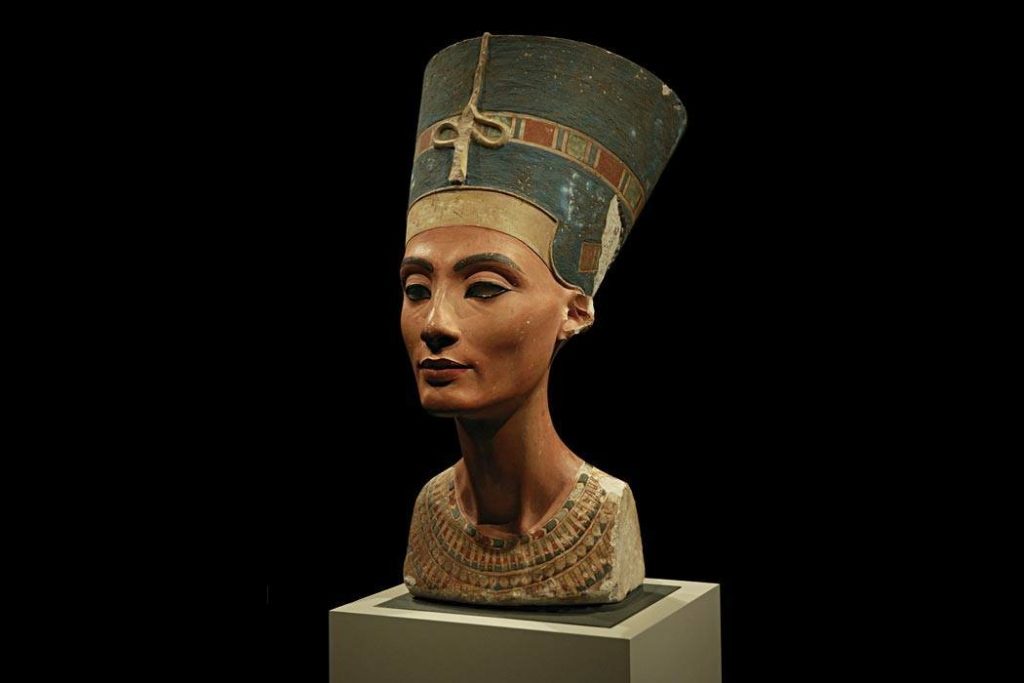
Photo provenance: JSTOR Daily
Yet some pieces of jewellery and clothing were not just worn for outer appearance, but they are believed by researchers to carry religious and symbolic significance. The use of ‘kohl’ eyeliner was also known to function as a protection from the sun, and scientific research suggests that lead-based mineral contained anti-bacterial properties.
“The more I try to understand what the Egyptians themselves understood as ‘beautiful’, the more confusing it becomes, because everything seems to have a double purpose,” Egyptologist Joyce Tyldesley once said according to the BBC.
Evidence of what regular ancient Egyptians specifically wore is difficult to pinpoint, and a majority of the artwork represented by ancient artists did not always match the exact interpretation, as Egyptian art expert Elizabeth Riefstahl states.
Nevertheless, an excavation conducted in 1902-1903 by George A. Reisner at a cemetery of Naga-ed-Der in Middle Egypt found four pleated dresses from Tomb 94 that are now found in the Museum of Fine Arts in Boston.
The most distinctive and famous garment worn by the ancient Egyptian women is the long sheath-like garment that was held up by two straps behind the neck. By the time of the Middle Kingdom, the dress was often decorated with colourful collars or a pleated and fringed robe.
Wealthy women also lavished their dress with extra details using feather, embroidery, sequin and pieces of jewellery.

Photo source:
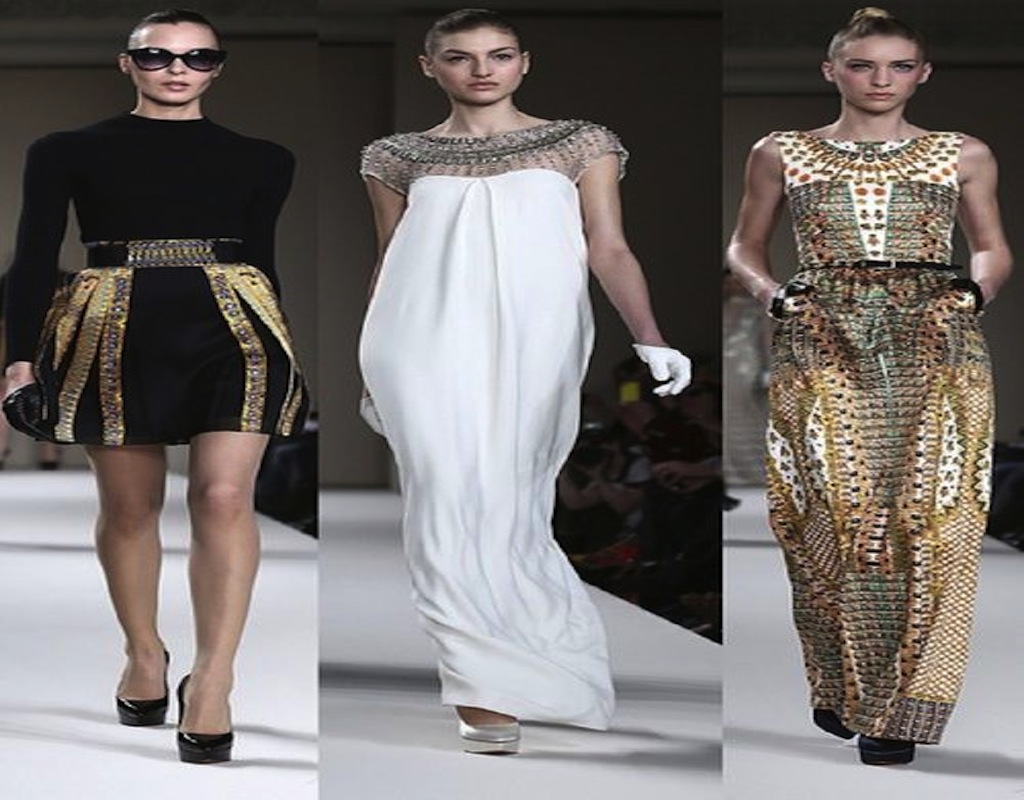
There was also the bead-net dress that ancient Egyptian women mostly wore during festivals. A model was discovered inside a 5th/6th dynasty tomb near the city of Qau. Many writers and researchers have gone on to say, that after the emergence of Tutankhamun’s tomb and the subsequent egyptomania, the beaded dress played a role in influencing 1920s fashion in Europe.
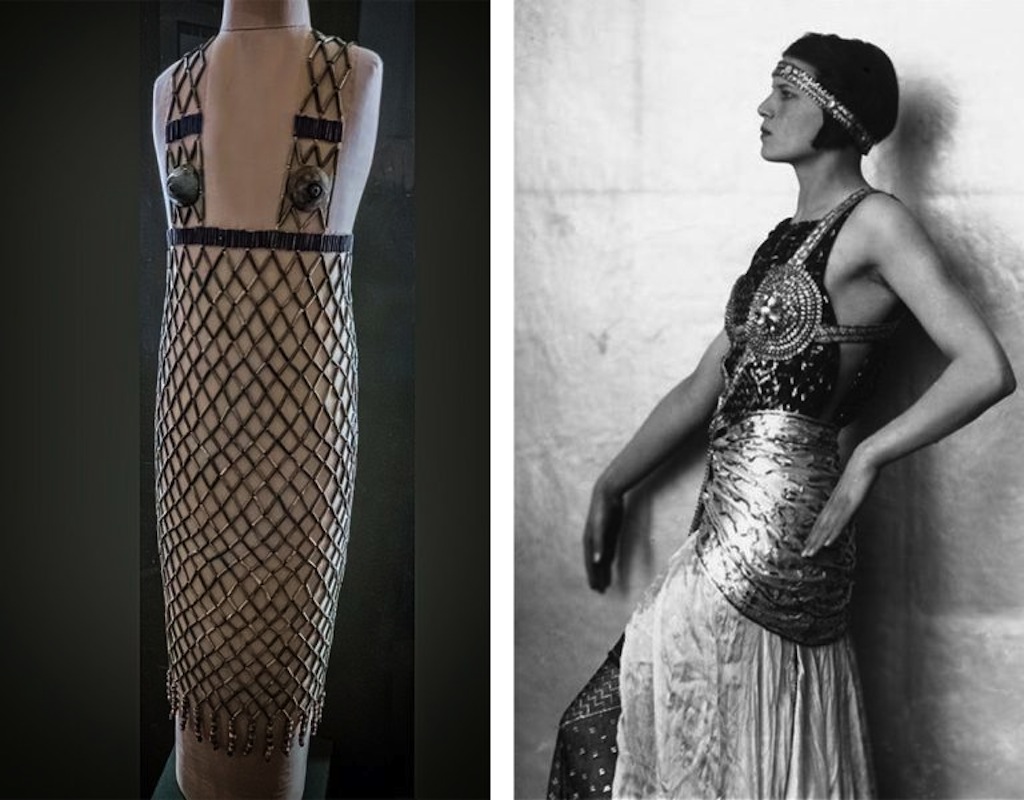

Both men and women in ancient Egypt also wore make-up. The red colour on the lips worn by women today could be inspired by the ancient Egyptians mixing red ochre and ointment to make lip balm.
The cosmetic powders were conserved and well-kept in containers made of stone, ceramic, wood and reed, which are housed in the Egyptian department of the Louvre museum in Paris.
Malachite, a bright green mineral, was used for blue and green eyeshadow, and kohl, a black powdery substance, was used by the Egyptians as eyeliner, which still appeals to modern day fashion.
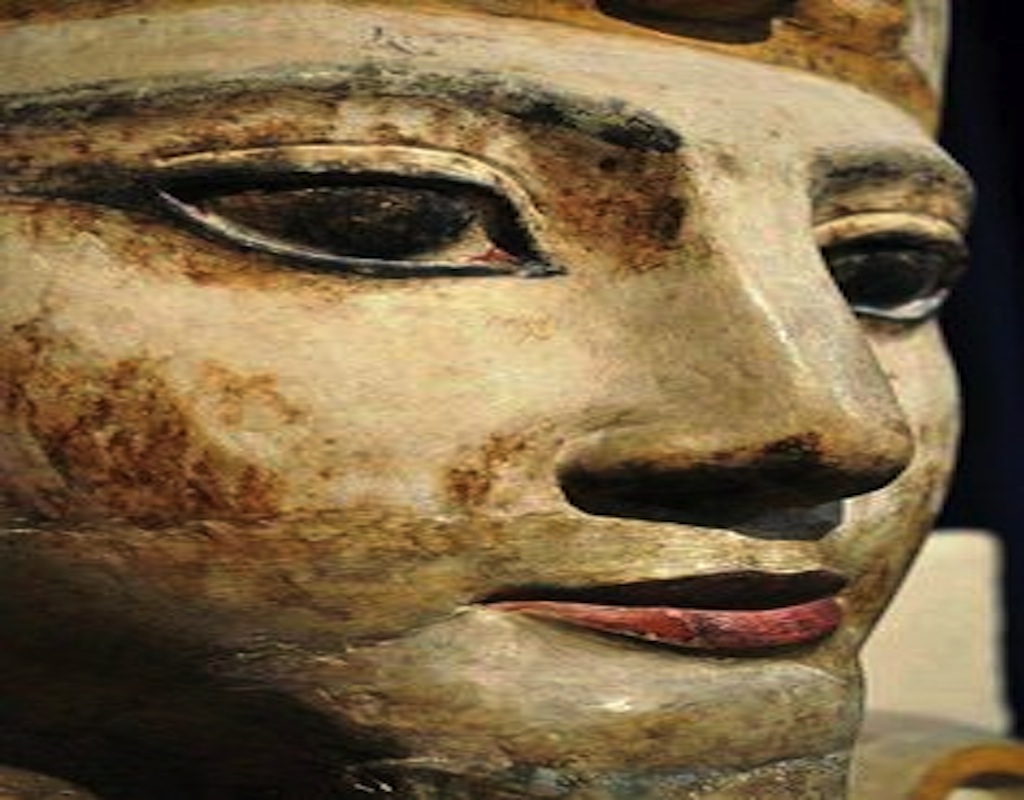
Taking care of the hair was also incredibly important, as it was regarded as a ‘representation of the self’, as researcher Geoffrey John Tassie notes. Different hairstyles were used as a way of establishing status, with longer hair being a symbol of power and divinity.
As such, Egyptians developed wigs that were worn by women and men alike. Often, Egyptians would wear ‘perfume cones’ on top of the wigs: these were made from animal fat or wax and laced with sweet-smelling oils.
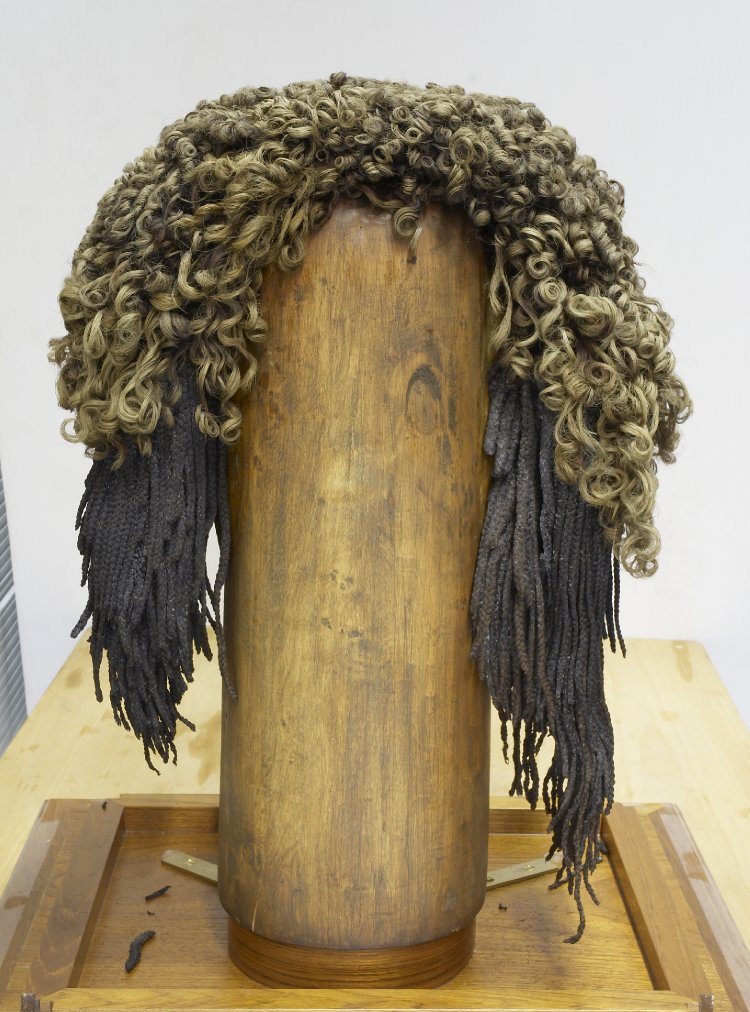
In regards to jewellery, all classes in Egyptian society wore jewelled collars made of beads, including armbands, anklets and bracelets.
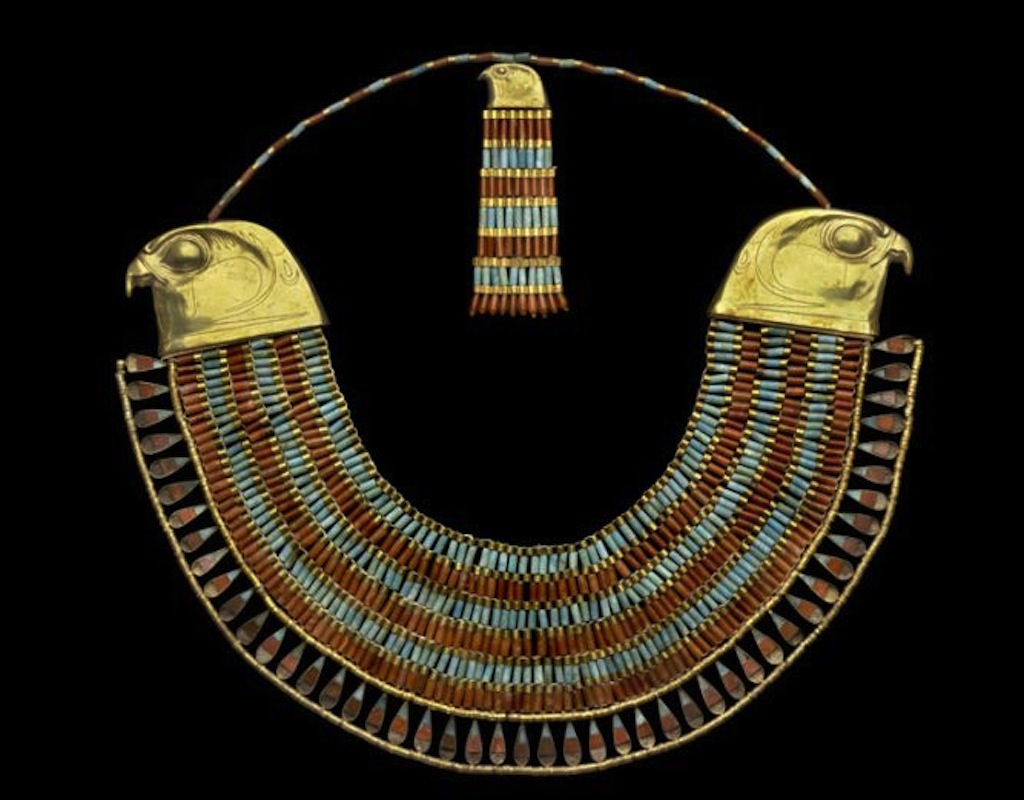
The amount of jewellery a person wore was often an indicator of their social status or wealth, yet even the poor in Egyptian society adorned themselves with as much jewels as they could.
Both gold and silver were sought after, with silver being more rare and expensive than the gold. According to Egyptian religious mythology, the god’s skin was made of gold, their bones from silver and their hair from turquoise. As such, it was no surprise that Egyptian rulers paid much attention to their appearances and to the appearance of the gods and goddesses. Statues of the latter were often meticulously decorated and adorning colorful, high-quality clothing as well.
In the modern day, Egyptian motifs and patterns have taken the international fashion world by storm. Hollywood stars like Beyonce and Katy Perry use Egyptian elements in their work as well as various clothing designers. Among the multitude of shapes and motifs, the ‘eye of Horus’, Egyptian cats, the winged sun-disc and the the cobra are most popular.
This splendid civilization did not just give the world knowledge in science, mathematics, religion and governance, but also passed on its dazzling style and artistic influence.







Comments (5)
[…] Ancient Egyptian fashion was also a source of inspiration for Europe in the 1920s, with the ‘bead-net’ dress being the most distinctive and memorable piece of 1920s fashion. […]
[…] and jewels inspired by ancient Egyptian crowns became a fashion statement of the roaring 20s. Beaded evening dresses and gowns were also a staple piece during that era. In fact, beads set the ground for many of the 1920s […]